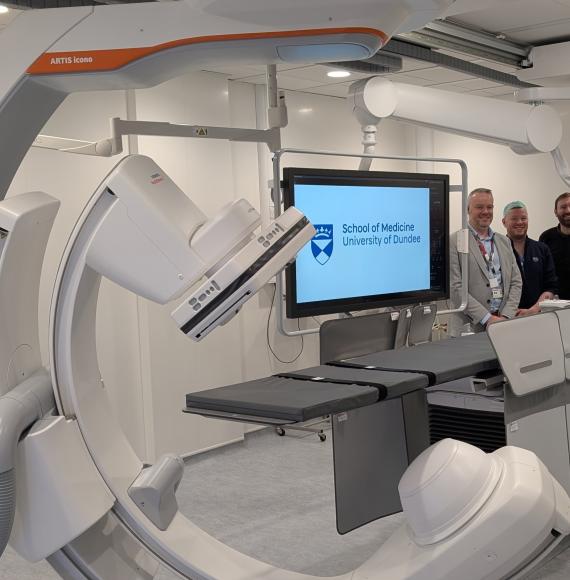The NHS will set out its pledge to eliminate cervical cancer by 2040 as health leaders gear up to make England one of the only countries globally to set a pace within the next two decades.
The target will be announced by NHS England’s chief executive, Amanda Pritchard, at NHS Providers’ annual conference in Liverpool today.
Eradicating the human papillomavirus (HPV) will be central to these plans, as it causes up to 99% of cervical cancers.
This will be done by expanding the offering for the HPV vaccine and increasing uptake for cervical screenings.
Jabs will be offered in more convenient locations – like libraries, community centres, leisure facilities, etc. – with those in the most need identified via targeted outreach.
The NHS is also set to improve access to online vaccination appointments, meaning millions more people will be able to view full their immunisation record and book vaccines through the NHS app in the coming months and years.
Self-sampling will be piloted to investigate its viability as part of a national screening roll-out, while the NHS invites more people than ever for cervical screenings. Last year saw more than five million people aged 25-64 invited, with 3.5 million tested.
Amanda Pritchard is expected to hail the gravity of such an “important” and “life-saving” ambition today.
Responding to the news, Cancer Research UK’s head of health and patient information, Dr Julie Sharp, said: “To ensure everyone has equal access to these life-saving programmes, there must be targeted action to increase HPV vaccination coverage and reduce barriers to cervical screening.”
She continued: “This ambition will only be possible if the vaccination and screening programmes are backed by sufficient resource and modern IT infrastructure.”
The issue of IT was raised by NHS Providers last month after the government announced that over 60 NHS trusts were set to receive a share of £21m to speed up the treatment and diagnosis of lung cancer.
The organisation’s chief executive, Sir Julian Hartley, highlighted the importance of making sure things such as AI investment do not come at the expense of core digital and IT infrastructure.
Hero image credit: iStock



















